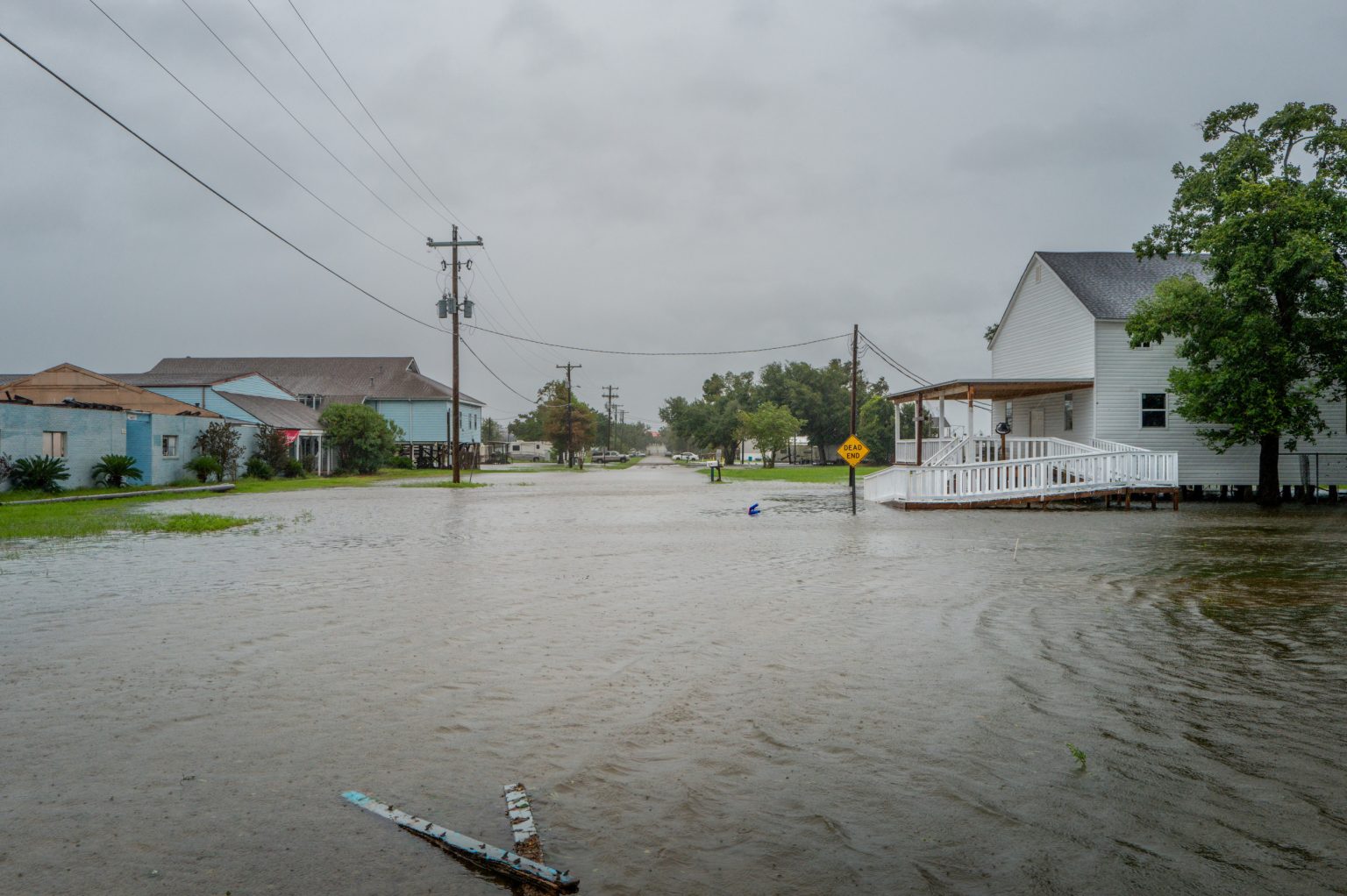Hurricane Francine made landfall in Louisiana as a Category 2 storm, bringing widespread flooding, power outages, and damaging wind speeds to the fragile coastal area. The National Hurricane Center warned of life-threatening storm surge along the Louisiana and Mississippi coastlines and urged residents to remain in safe locations until conditions improved. Videos circulating online showed high floodwaters in city streets and meteorologists struggling with the intense rain and wind. Emergency officials reported rapid flooding, snapped power lines, and fallen trees in affected areas.
Numerous videos captured the impact of Hurricane Francine, showing search and rescue crews in Houma, Louisiana, and a driver being rescued from rising water levels near a canal underpass. The storm caused significant flooding in the New Orleans metropolitan area, with meteorologists describing the situation as one of the most significant floods in years. Forecasters had predicted an above-normal hurricane season for 2024, with Francine being the sixth named storm. The storm was expected to continue north, crossing over into central Mississippi and eventually reaching parts of Arkansas, Missouri, and Tennessee by Friday evening.
As Hurricane Francine continued its path through Louisiana and Mississippi, the National Hurricane Center warned of a moderate chance of flash flooding through Thursday morning. Rainfall totals could reach 4 to 6 inches in some areas as the storm moved through the region. The storm’s impact was felt across multiple states, with emergency responders working to assist those in need and mitigate damage. The hurricane season in the Atlantic Ocean typically spans from June to November, with an active season anticipated by forecasters this year.
Residents in the affected areas were urged to stay safe and follow guidance from emergency officials as Hurricane Francine brought strong winds, heavy rainfall, and dangerous storm surge to the region. The storm’s impact led to power outages, flooding, and damage to structures, prompting emergency response efforts in affected communities. Meteorologists and news outlets provided updates on the storm’s progression and potential risks, emphasizing the need for preparedness and caution. The aftermath of Hurricane Francine highlighted the importance of disaster response and resilience in coastal regions vulnerable to severe weather events.
Overall, Hurricane Francine’s landfall in Louisiana as a Category 2 storm brought significant impacts to the region, including flooding, power outages, and damaging winds. The storm’s path through Louisiana and Mississippi prompted emergency response efforts and safety warnings for residents. As the sixth named storm of the hurricane season, Francine contributed to what forecasters had predicted to be an above-normal season. The widespread effects of the storm underscored the importance of preparedness, resilience, and coordination in response to natural disasters.


